Happy National Twilight Zone Day! (Yes, it really is a thing…) In honor of this most unheralded of holidays, today we’ll be taking a quick visit to Paris’ Galerie de Paléontologie et D’anatomie Comparé – The Gallery of Paleontology and Comparative Anatomy.
While Paris has no shortage of extraordinary museums – the Louvre, D’Orsay and the Jacquemart-André all immediately come to mind, the Comparative Anatomy museum ought to be on every figurative, animal, creature and concept artist’s list of must-see experiences as a veritable pilgrimmage site. Like the Twilight Zone, it’s at once beautiful, mysterious, curious, surreal, mind-altering and, make no mistake, it’s bizarre.
From the Gallery’s website: “Open your eyes wide. The spectacle is striking as soon as you cross the threshold of the gallery…”
***Okay, quick side trip: we didn’t even get to the threshold as this is the very place that houses Emmanuel Frémiet’s extraordinary “Orang-outan étranglant un Sauvage de Bornéo,” which I’ve written about previously (https://www.muddycolors.com/2021/07/joie-de-vivre-inspiration-from-french-sculptors-part-i/), but for those who missed that article, here’s a reminder photo:

Continuing: “Before you stretches a herd of large terrestrial and aquatic vertebrates.”
They are sooo not kidding about this: you walk through the door and your jaw literally hits the floor. Facing you are over a thousand animated skeletons of just about any creature you can imagine (and many you couldn’t), packed wall to wall in an enormous open gallery, just waiting to be studied and applauded.

“The Museum contains remarkable species such as the Stellar’s rhytine*, extinct since 1768, and the marsupial wolf*, extinct since 1961. Don’t miss the coelacanth, Louis XIV’s elephant, Louis XV’s rhinoceros or the skull of Zarafa the giraffe!”
*To save you a little internet research: a rorqual is a baleen whale and 20 meters is about 65 feet – standing next to a complete skeleton of one is astonishing. A Stellar’s rhytine is a sea cow and the marsupial wolf is also known as a Tasmanian Tiger. The story of Zarafa enchanting the whole of Paris inspired us to create one of our first collaborative pieces, “Z’s Tease,” many years ago.
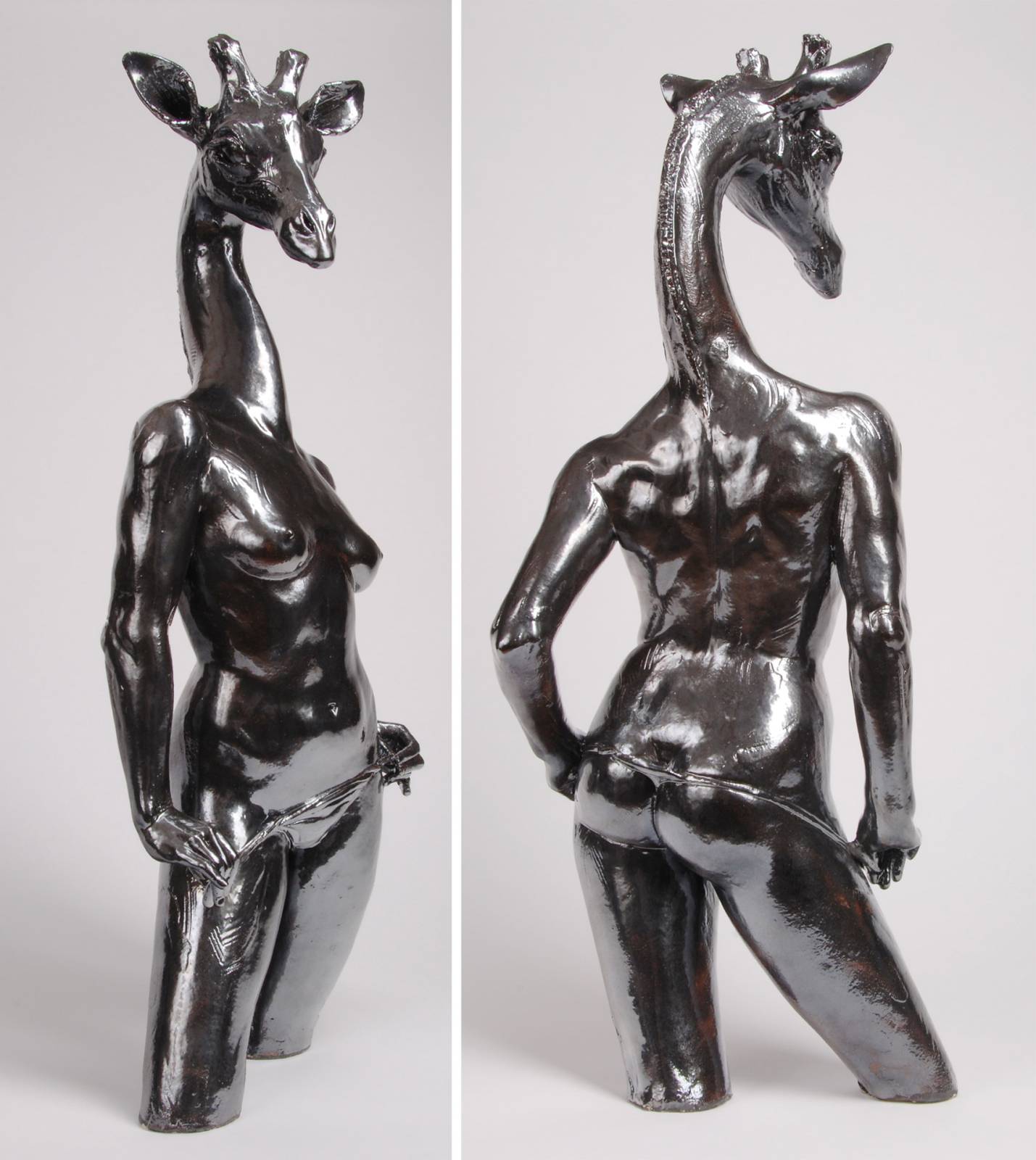
“Z’s Tease,” a collaborative ceramic sculpture by Colin and me, was inspired by the story of Zarafa, a Nubian giraffe that was gifted to the Charles X of France in 1827 by the Ottoman Viceroy of Egypt. She was walked from Marseilles to Paris, creating a stir in every town she passed through. The first giraffe to be seen in Europe in over three centuries, she captivated the public imagination and caused a tremendous cultural sensation in Paris which included giraffe inspired fashion, hairstyles and decorative objects. The titillating and provocative edge to “Z’s Tease” is also a nod to society’s proclivity for and the media’s tendency toward sensationalism.
Even more intriguing than Zarafa’s skull though, is the full giraffe skeleton stretching up into the rafters.
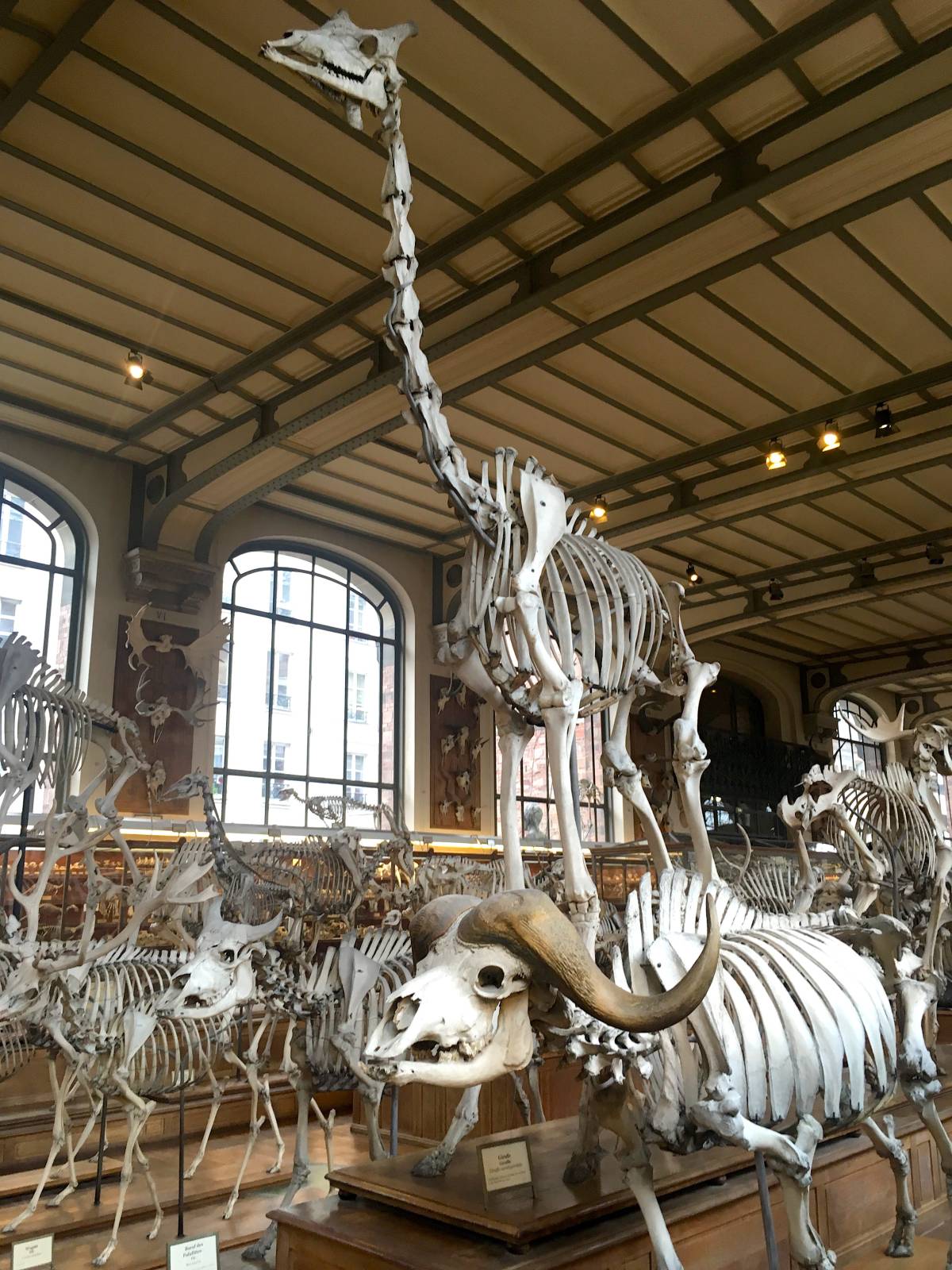
Pro tip from Colin: bring a polarizer. Many of the skeletons are behind glass and it makes photography very challenging. Also, if you are interested in the organization and classification of each specimen, you may find a google translate helpful as all the information tags are (no surprise) in French.
From the museum website again: “From the organisation of the skeleton, common to all vertebrates, identify the differences between the groups: fish, amphibians, reptiles, birds and mammals. How is a hedgehog’s leg or a bird’s wing articulated? Where are the nostrils and eyes located in a whale’s skull? By comparing sizes and shapes, decipher the adaptations to living environments and how it is possible to live on land, in the air or in the water. Observe the anatomy of living organisms and how they function, revealed by a series of organs. Lungs, hearts and brains illustrate breathing, circulation and the extraordinary central nervous system.”

From crocs to elephants to all manner of horned beasties, the gang’s all here (yes, avian representatives too!)
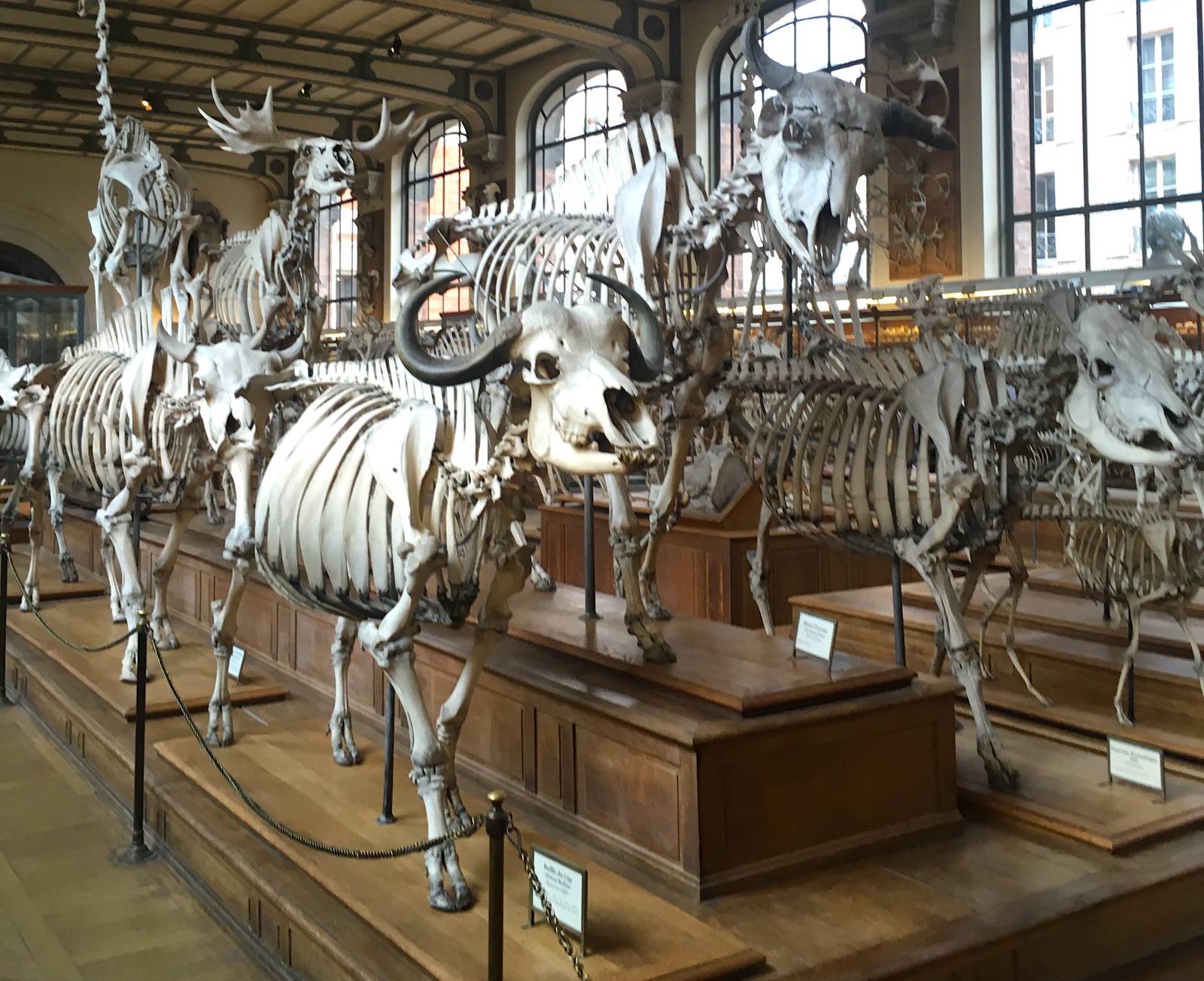
Just looking at the variations in rib cages and vertebrae could keep me absorbed for a very long time.
In addition to the full skeletons, there are thousands of skulls, teeth, horns and other smaller curiosities and oddities that may well inspire your next creature concept (or waking nightmare). Twilight Zone worthy wonders if I ever saw them.
Walking around the whole floor could take days even without stopping to sketch and then, you realize there’s a second floor upstairs – oh my oh my…oh…my…
The second level features a plethora of millions of years old muses for the prehistorically inclined. This paleontology floor has thousands of fossils and hundreds of complete skeletons, including the remains of strange extinct critters like the wooly rhinoceros, the dunkleosteus and the giant ground sloth. Full disclosure: some of the prehistoric specimens are cast but many are authentic fossilized skulls and skeletons. Impressive either way. The scale, forms and textures inspire a thousand artistic fantasies.
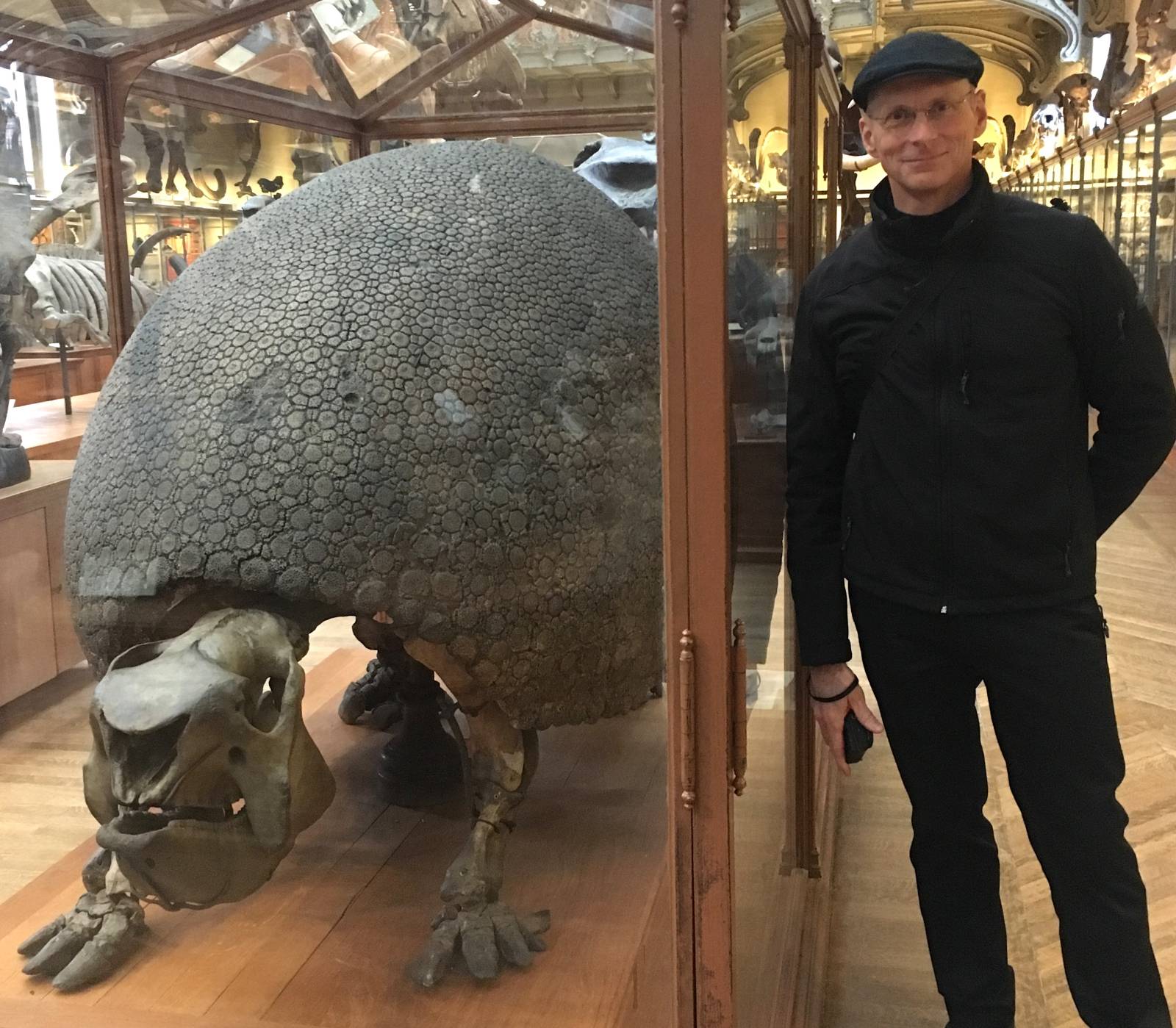
As one of the world’s most comprehensive and wide-ranging collections of natural artifacts, we can’t even come up with grand enough adjectives or superlatives to convey the amazement we found there. Our only regret was that we didn’t have nearly enough time to savor all its wonders.
You can find The Gallery of Paleontology and Comparative Anatomy in the Jardin de Plantes near Gare D’austerlitz. Paris, anyone?


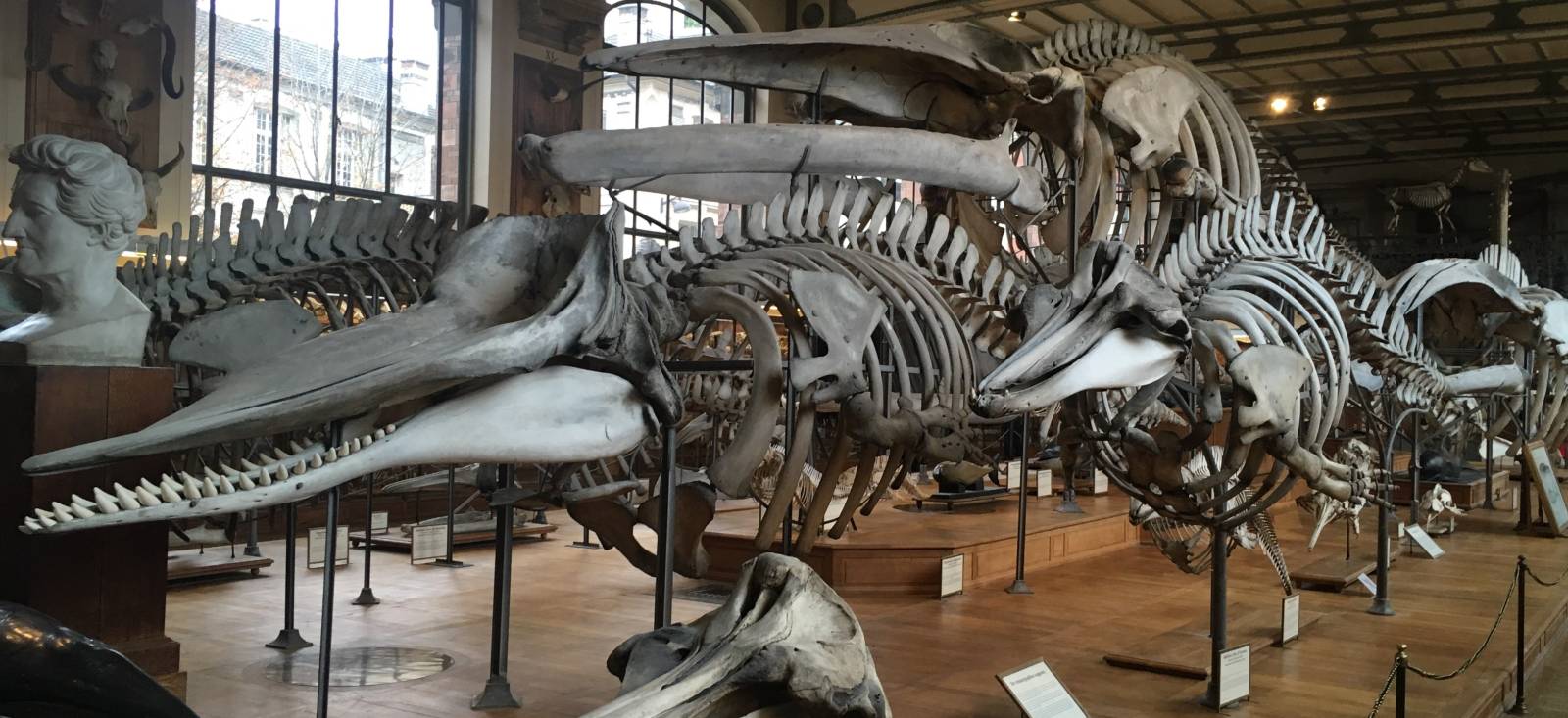
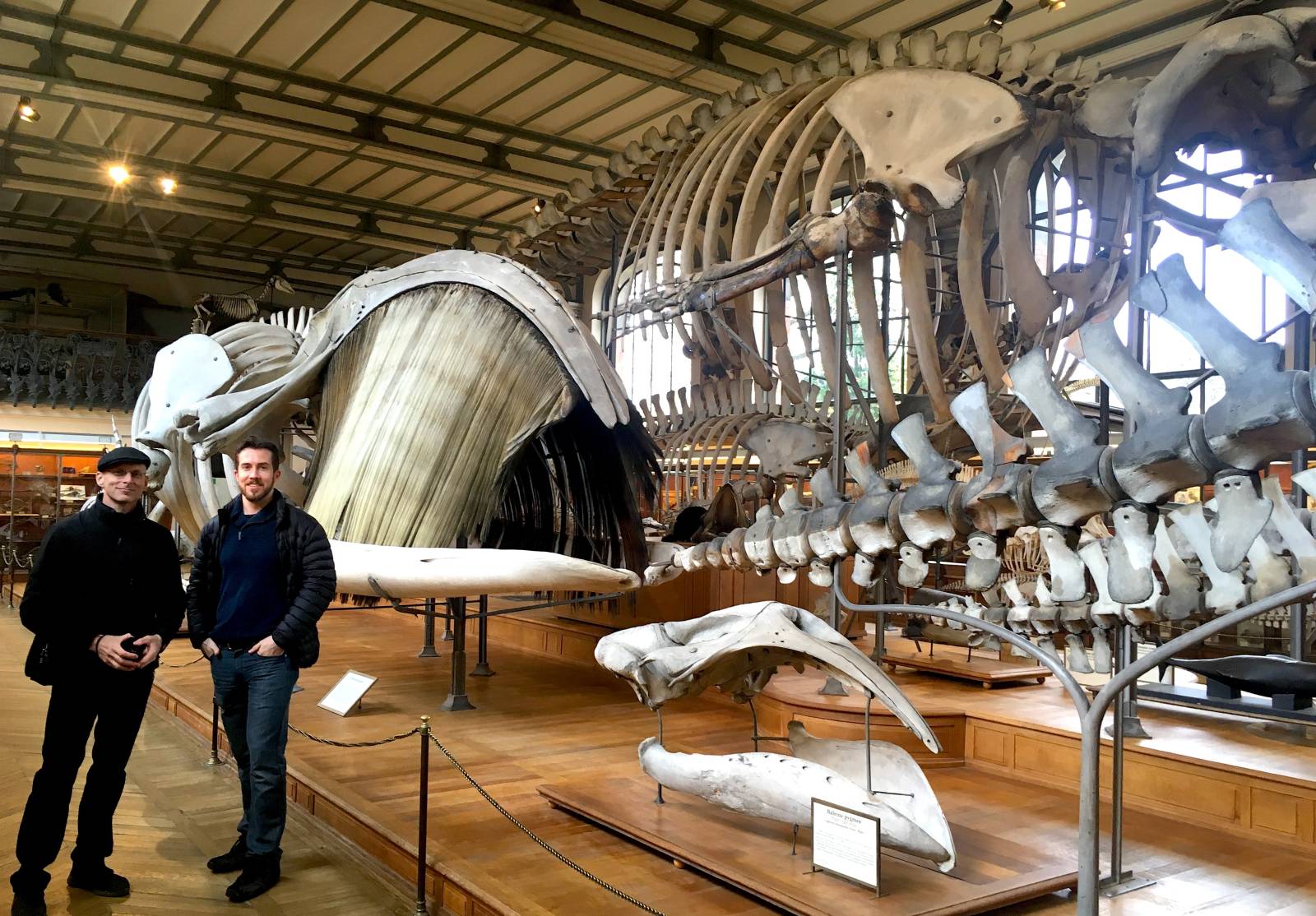
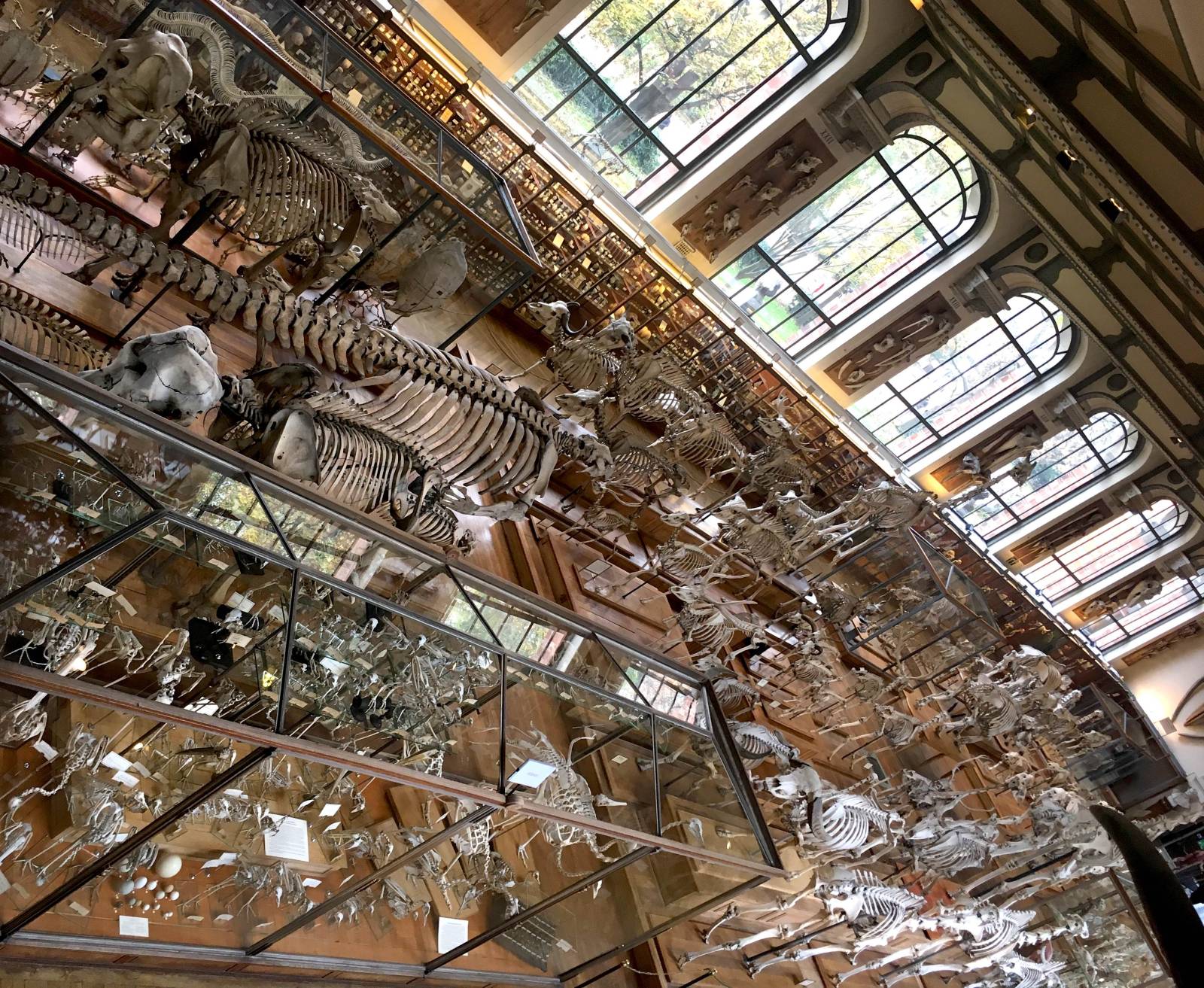


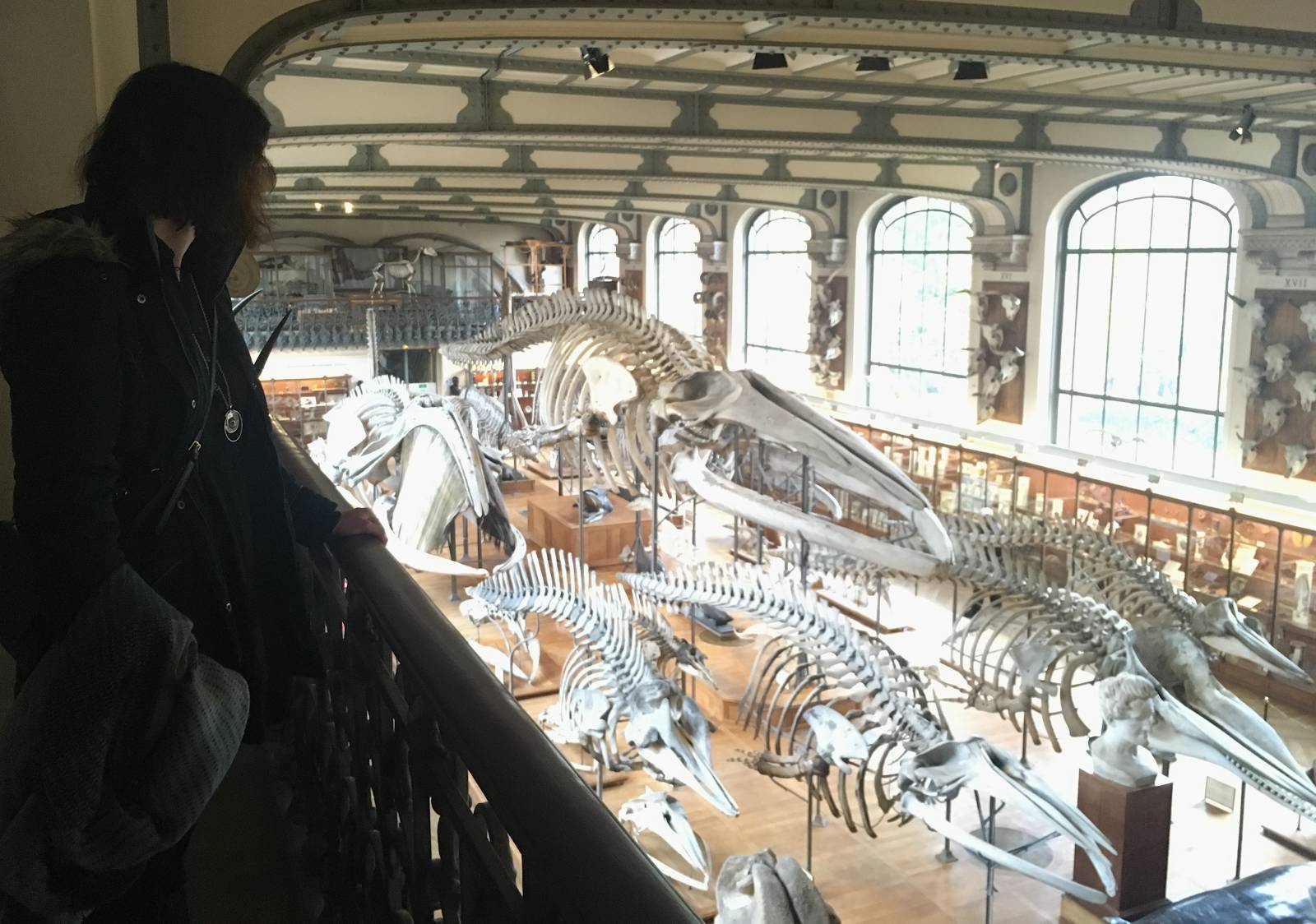




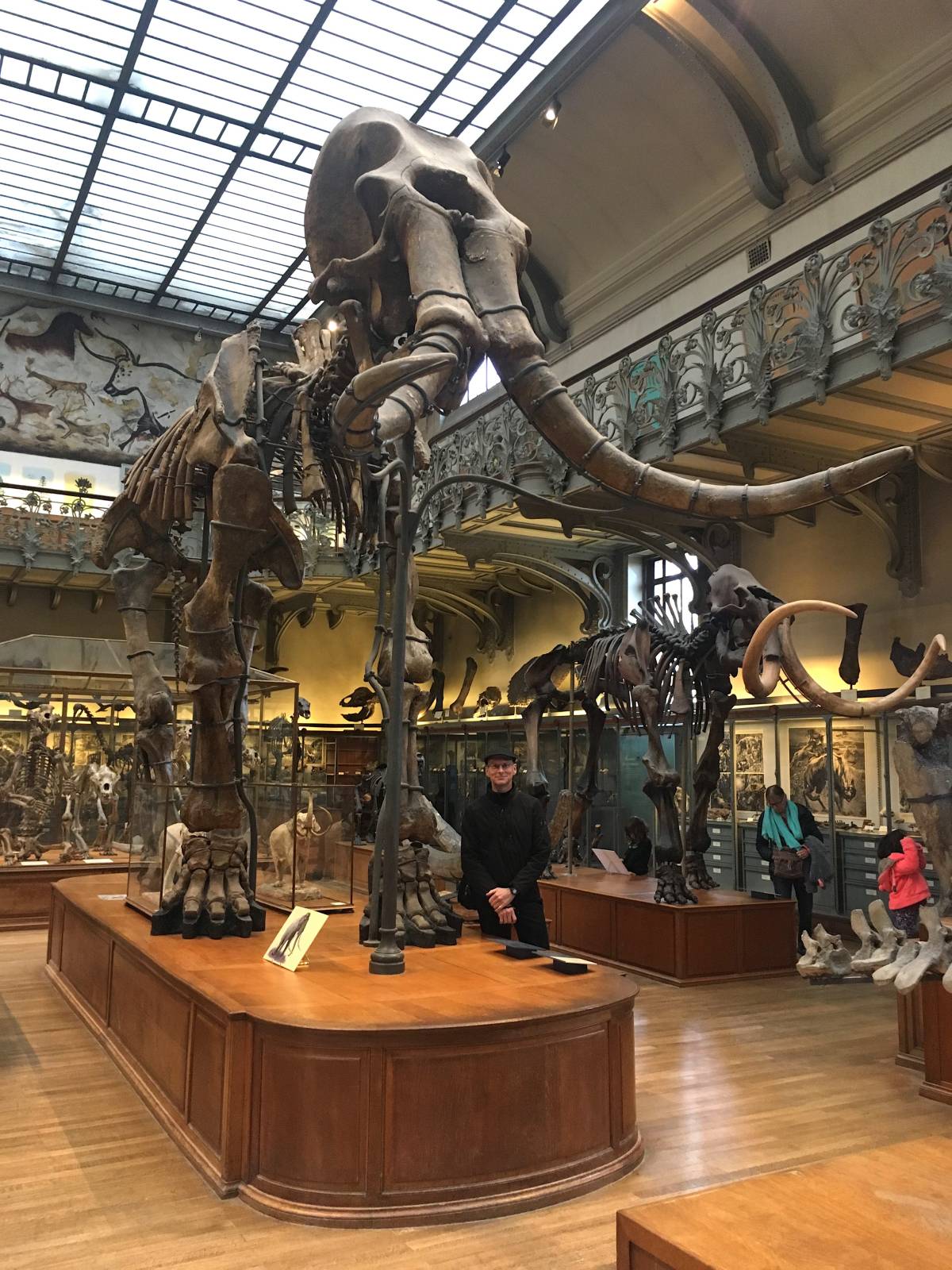
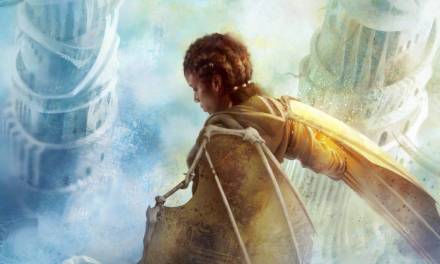
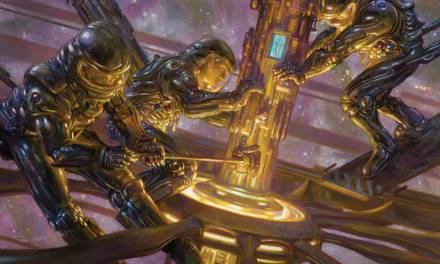
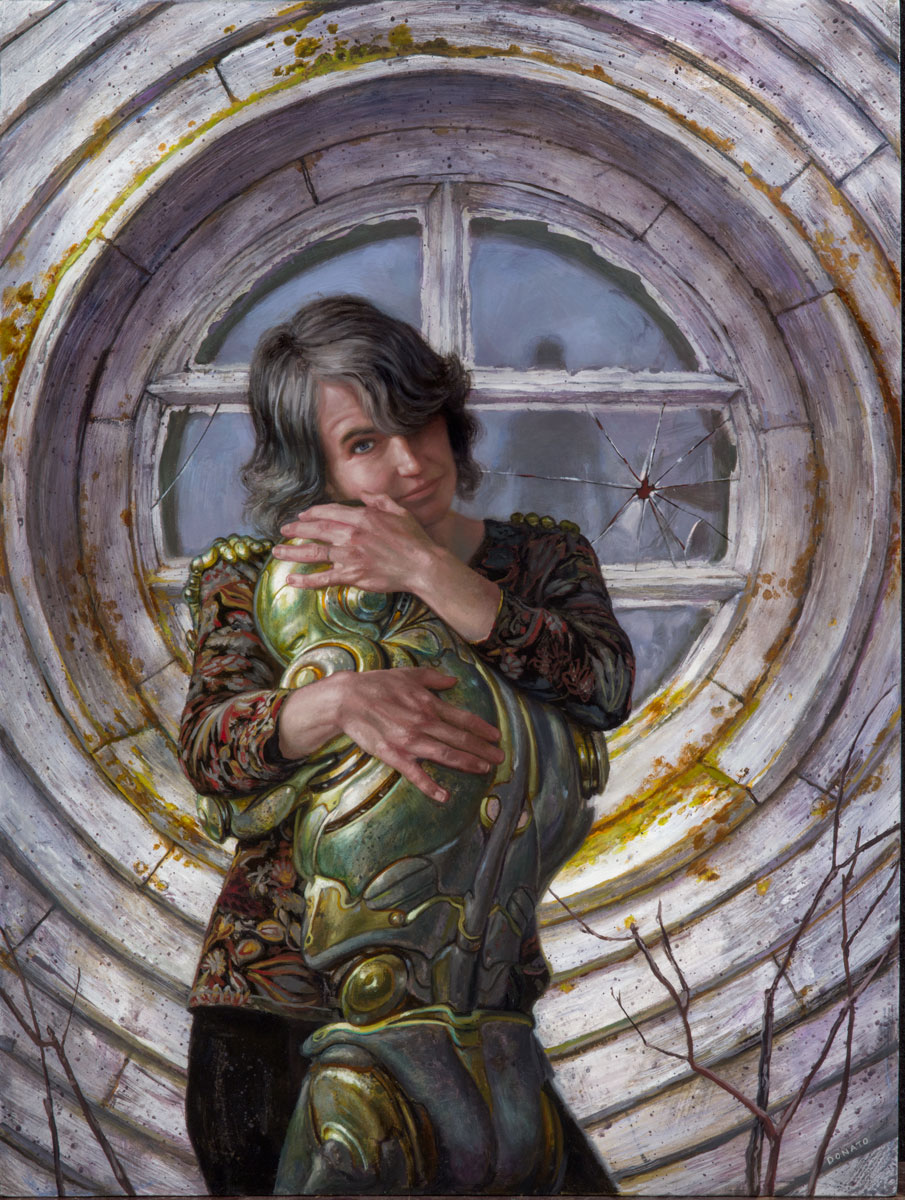
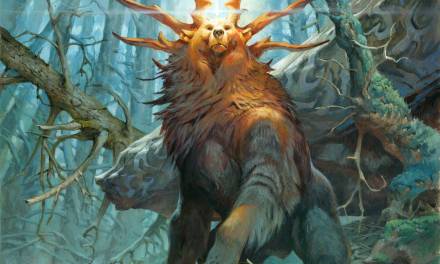

So very cool!
I agree – what an amazing resource! miss you – we hope our paths cross this year. big hugs <3
I hope so too. Feel like a hermit.
Don’t we all, after the last few years? 😉
Wow! That looks amazing.
Marked for a visit. Thanks for sharing!
My pleasure! I hope you enjoy it as much as we did. Next time, we’re saving more time to hang out there. (and bringing a polarizer) 🙂